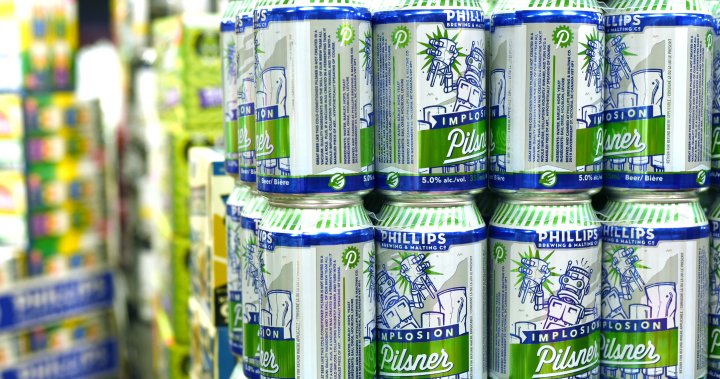emperor of the can industry in North America: the threat of tariffs and their potential impact on Canada’s beer market
U.S. President Donald Trump’s recent pitcher of tariffs on aluminum and steel is unlikely to be taken lightly by industries relying on these materials, particularly the beer manufacturing and packaging industry in Canada. The 25% tax on aluminum and steel, hailed as anotherHit that Canada hasn’t faced in decades, is expected to impact directly Canada’s beer industry by cost. This has sparked concerns and opportunities for businesses globally, as Canada often benefits from the export of cans rather than steel or aluminum. A recent report by beer Canada’s president, CJ Hélie, highlights that the industry’s reliance on rare metals like aluminum and steel has made it a key player in global supply chains. "It’s just another hit that the industry can’t take," explained Hélie, pointing to the magnitude and timing of the potential consequences.
The cost implications of the tariffs
The increased tariffs would not only burden U.S. manufacturers but also their Americanexporters, potentially leading to higher costs for Canadian consumers. While the 10% annual tariff on aluminum and steel imposes a small toll on U.S. manufacturers, the actual cost to Canada’s glass-forming industries is estimated to range from a few cents to hundreds of millions of dollars. This cost could be passed on to consumers through higher pricing for aluminum, steel, and other rare metals, which could have a ripple effect on difficult industries like food and beverage packaging. In 2023, according to the trade association, cans are among the most popular materials purchased by consumers, accounting for over 75% in the country while glass bottles dominate about 53%. This contrast highlights the rapid growth of the can industry, which has tripled in popularity over the past two decades.
Domestic production as a potential escape
Despite the challenges,’,…
Read the full summary in English now









